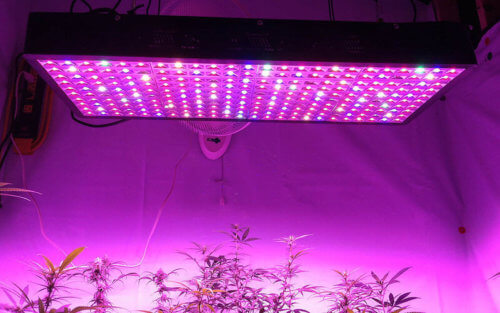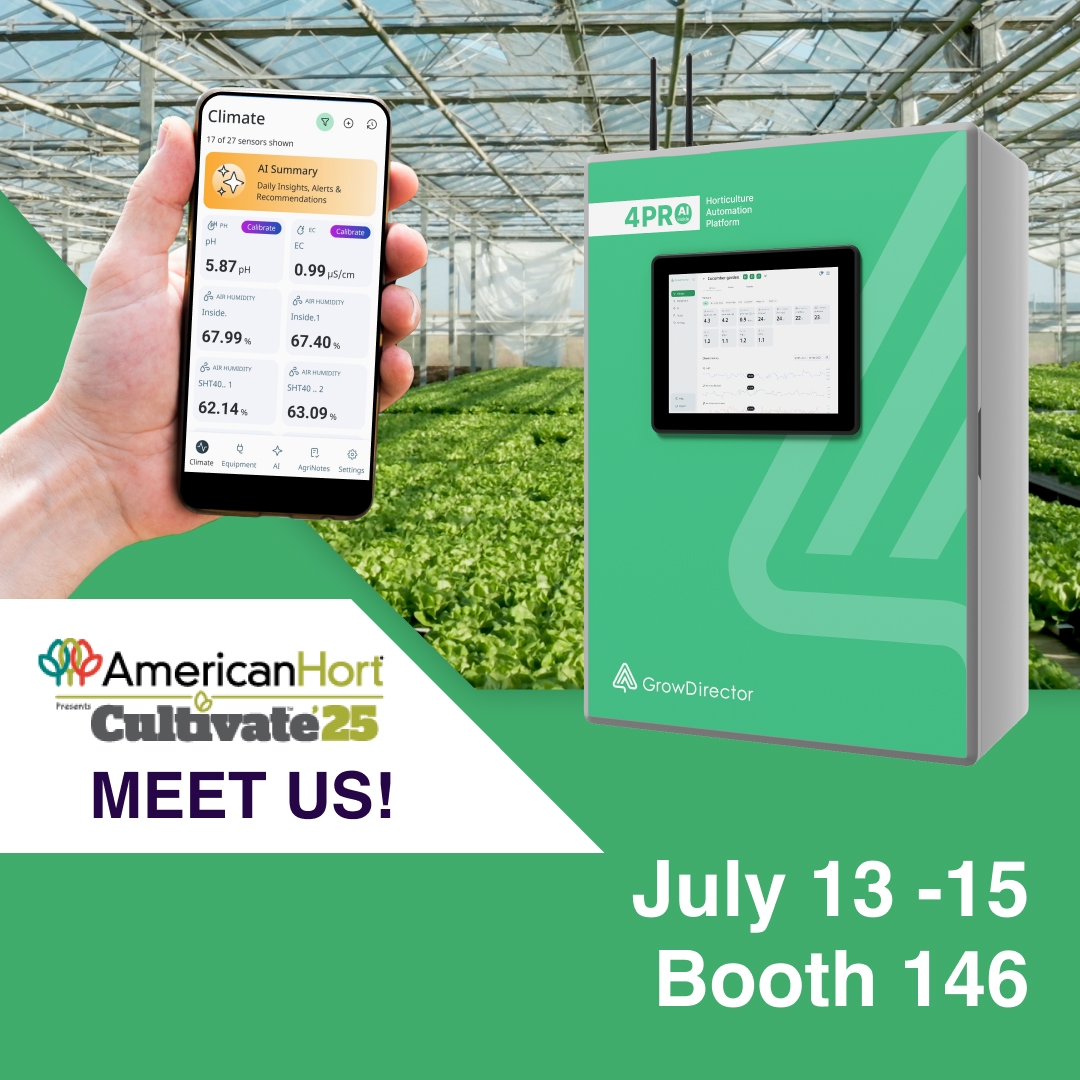
How LED Grow Lights Help You Maximize Cannabis Yield?
Since it is a proven fact that LED Grow Lights affect cannabis yield significantly, and yield optimization involves exposing cannabis plants to lights of varying wavelengths during the entire cropping cycle.
Initially, the debate continued for years on which wavelength could help maximizing crop yields that initially focused on the blue and red wavelengths.
Later, every researcher agreed with the facts that a blue wavelength could better suit the seedlings and vegetative growth of cannabis plants, and the red was considered more vital for inducing the flowering and taking that flowering to maturity.
It is also evident that red wavelength is necessary for contributing the taste and aroma to the buds that cannabis growers want for the efforts they do for growing cannabis indoors. Although several other factors also contribute largely to yield optimization when growing cannabis indoors.
I would not go into the details because the grow room manufacturers and the growers know well how to regulate moisture, humidity, CO2, nutrients, and pH of the nutrient’s solution including the factors that affect the quality and aroma of cannabis buds. There is also sufficient matter available to the growers through multiple sources. I will stick myself with the contribution of light, its quality, wavelength, and Kelvin scales that help boosting yields when growing cannabis plants automated grow room.
During the photosynthesis process, cannabis plants absorb visible light from the spectrum for producing both Chlorophyll A and B. Chlorophyll A acts as a donor in the electron transport chain, while Chlorophyll B enables cannabis plants to absorb more quantity of blue wavelength to trigger the process.
That is the reason the plants need bluer during vegetative growth, and it provides the foundation stone for the maximization of yield in cannabis.
Coming towards more details, during the vegetative growth stages of cannabis the bluer could help improving photosynthesis provided the source emits light with a demanding Kelvin scale of 6500. This kelvin range often comes from a bright and constant source of light.
Once you are done with enhancing vegetative growth, it ensures that you are heading the right way to get higher productions. Moreover, the duration for exposing the cannabis plants to a similar light source is also necessary since they need a greater degree of exposure during the vegetative growth that varies between 14-18 hours a day during the seedlings and vegetable phases that could limit to a 12/12 cycle during the flowering stage.
Recently, another interesting development came from the researchers of GreenSeal Cannabis Company, they are of the view that instead of giving the routine light (300-750) micromoles per square meter per second, one additional micromole per meter could increase yield in one cannabis plant up to 41 grams. They are also with a view that increasing the light intensity up to 1500 micromole per square meter per second could enhance yield up to 800 grams per cannabis plant.
Their research is not published yet but, the debate and testing both are in progress. If they could prove it practically for the large scale commercial cannabis growing, it could give LEDs manufacturers a new feature to incorporate.
